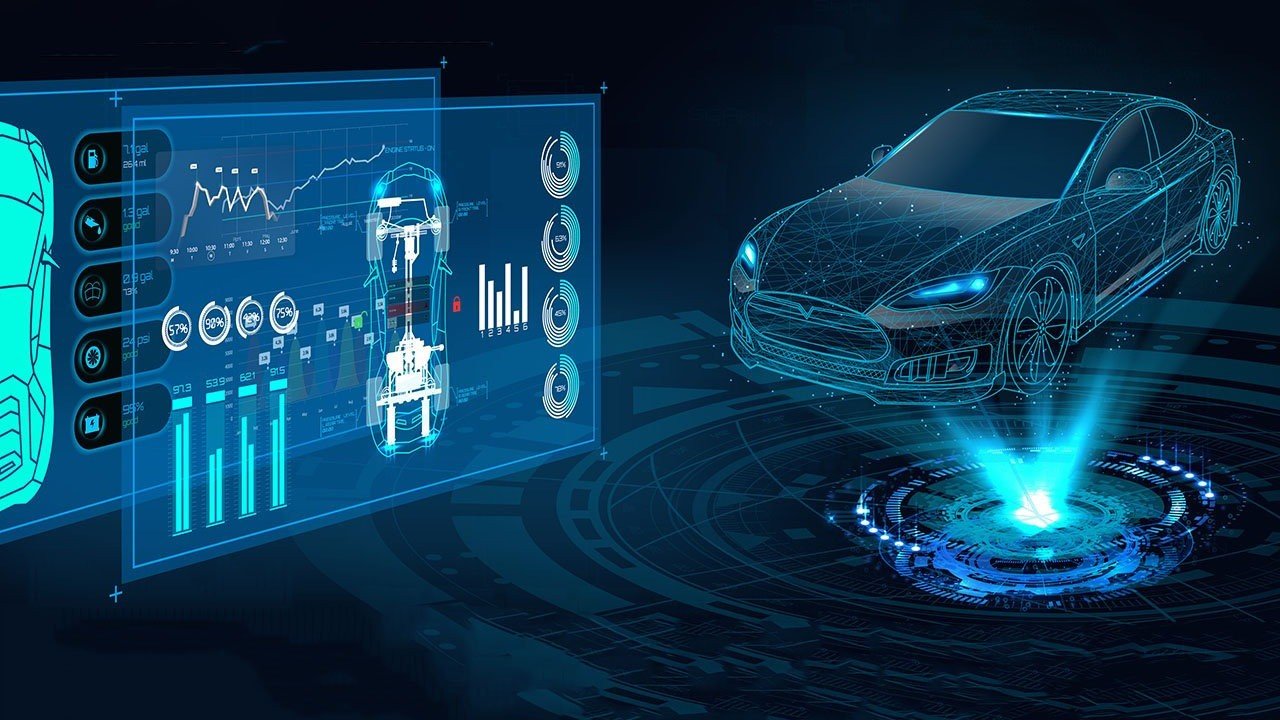Software-Defined Vehicles (SDVs): Driving the Future of Automotive Innovation
Software-Defined Vehicles (SDVs) are reshaping the automotive industry by shifting the focus from hardware to software. In an SDV, most functions—such as infotainment, driver assistance, and even core driving features—are controlled by software that can be updated remotely.
One major benefit of SDVs is over-the-air (OTA) updates, which allow manufacturers to add new features, improve performance, and fix bugs without visiting a dealership. Automakers like Tesla, BMW, and Mercedes-Benz already use OTA updates to unlock features such as enhanced autopilot, heated seats, or improved energy efficiency.
SDVs also integrate artificial intelligence (AI) to learn driver behavior, suggest maintenance, and improve safety. They support Vehicle-to-Everything (V2X) communication, allowing them to interact with traffic systems, other vehicles, and pedestrians—enhancing road safety and reducing congestion.
These vehicles promote sustainability by reducing the need for physical recalls and supporting energy-efficient electric drivetrains. Cybersecurity is also a priority, with SDVs using encryption and secure architecture to protect data and vehicle control systems.
In summary, SDVs represent the future of smart, connected, and upgradeable mobility—delivering safer, cleaner, and more flexible driving experiences powered by software



